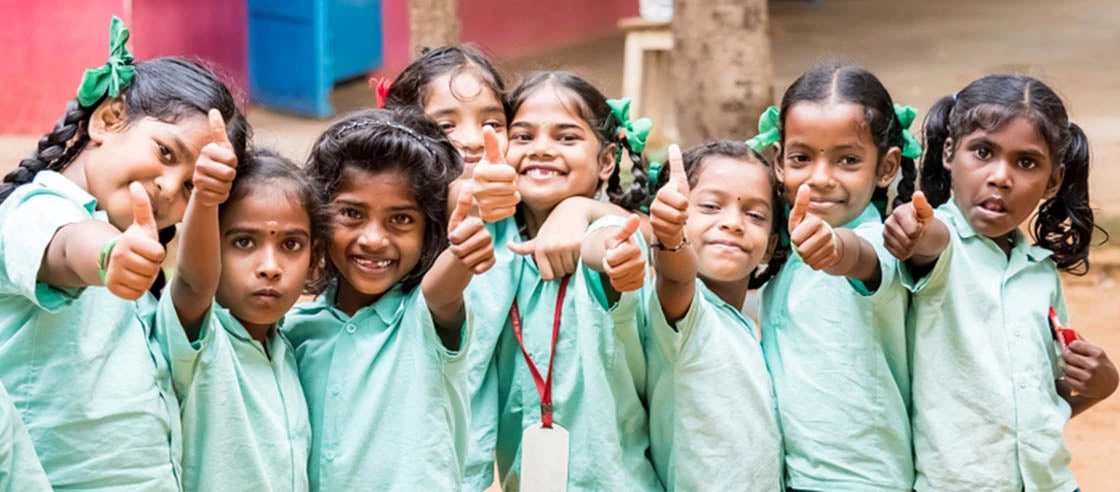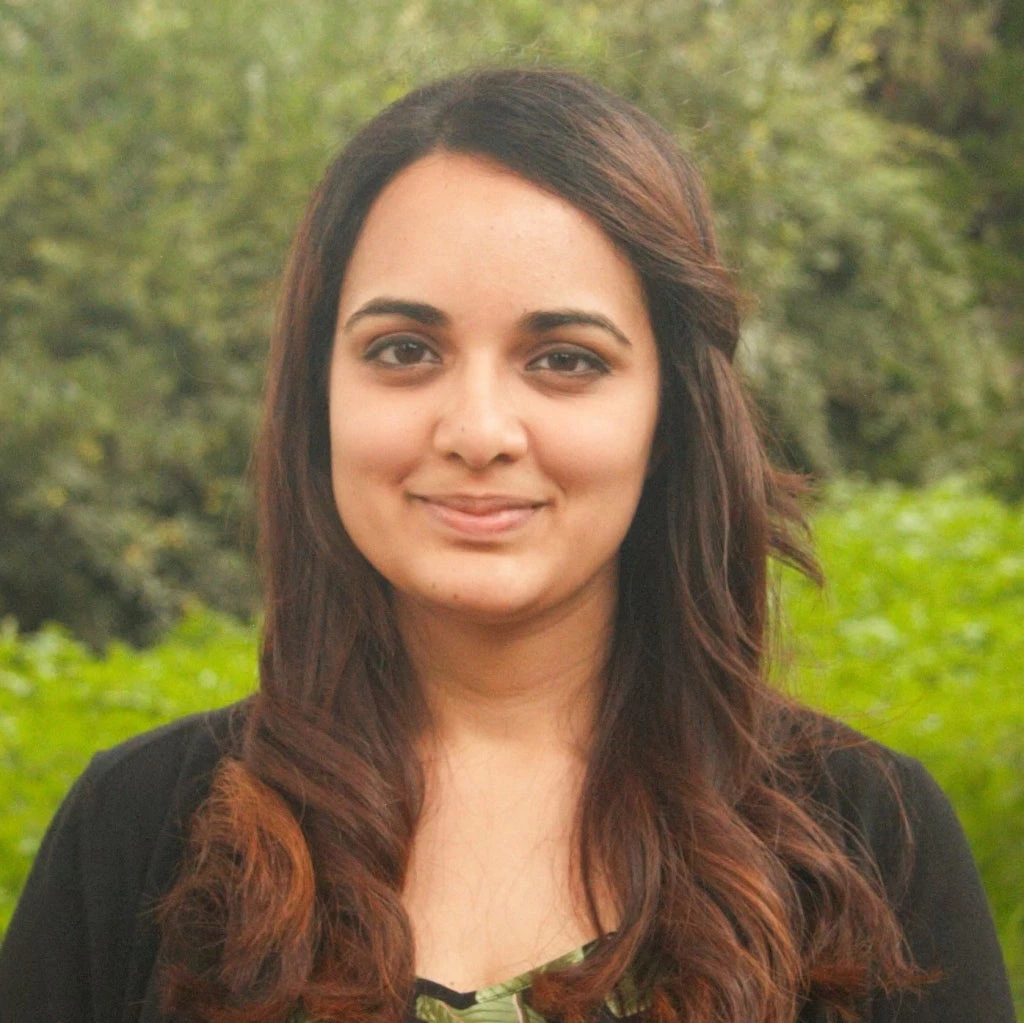
The second edition of the Enquête Agricole de Conjoncture Intégrée aux Conditions de Vie des Ménages (EAC-I 17)—a nationally representative household survey covering a range of topics including agriculture, demography, education, food security, labor, livestock, savings, shocks—is now available.
For this survey, 8,390 households were visited twice each between 2017 and 2018, during post-planting and post-harvest periods of the agricultural season. Particular attention was paid to the measurement of agricultural income, a long-sought goal of the Ministry of Agriculture.
Overall findings:
- Agriculture: 70% of households do not use improved seed varieties or phytosanitary products, and 44% of agricultural households use inorganic fertilizers.
- Credit: The primary reasons for taking out loans are, 1) to buy farm inputs, and 2) to help meet household consumption requirements.
- Education: There is a large educational gap between urban and rural populations. Around 75% of individuals aged 15–39 years are uneducated in rural areas, while only 29% are, in urban areas.
- Employment: Agriculture is the greatest source of employment in rural areas. Over 96 % of individuals aged 15–39 years are in fact employed in agriculture.
- Income: Crop production is by far the most important source of income, accounting for almost 50% of total income, followed by transfers (18%), and livestock and non-agricultural wages (12%).
- Livestock: Livestock are mainly kept for their income-generating by-products and their ability to work the fields.
- Labor: Household labor represents 92% of total labor farm labor.
EAC-I 17 is the result of a partnership between the Cellule de Planification et de Statistique du Secteur Développement Rural (CPS/SDR) of the Ministry of Agriculture, USAID, and the World Bank’s Living Standards Measurement Study. Data from the EAC-I 17 have been made freely available to support government officials, researchers, and donors to monitor living standards and formulate policies aimed at improving the lives of Malians.
To access the EAC-I 17 dataset and related documentation, visit the World Bank’s Microdata Catalog.




Join the Conversation